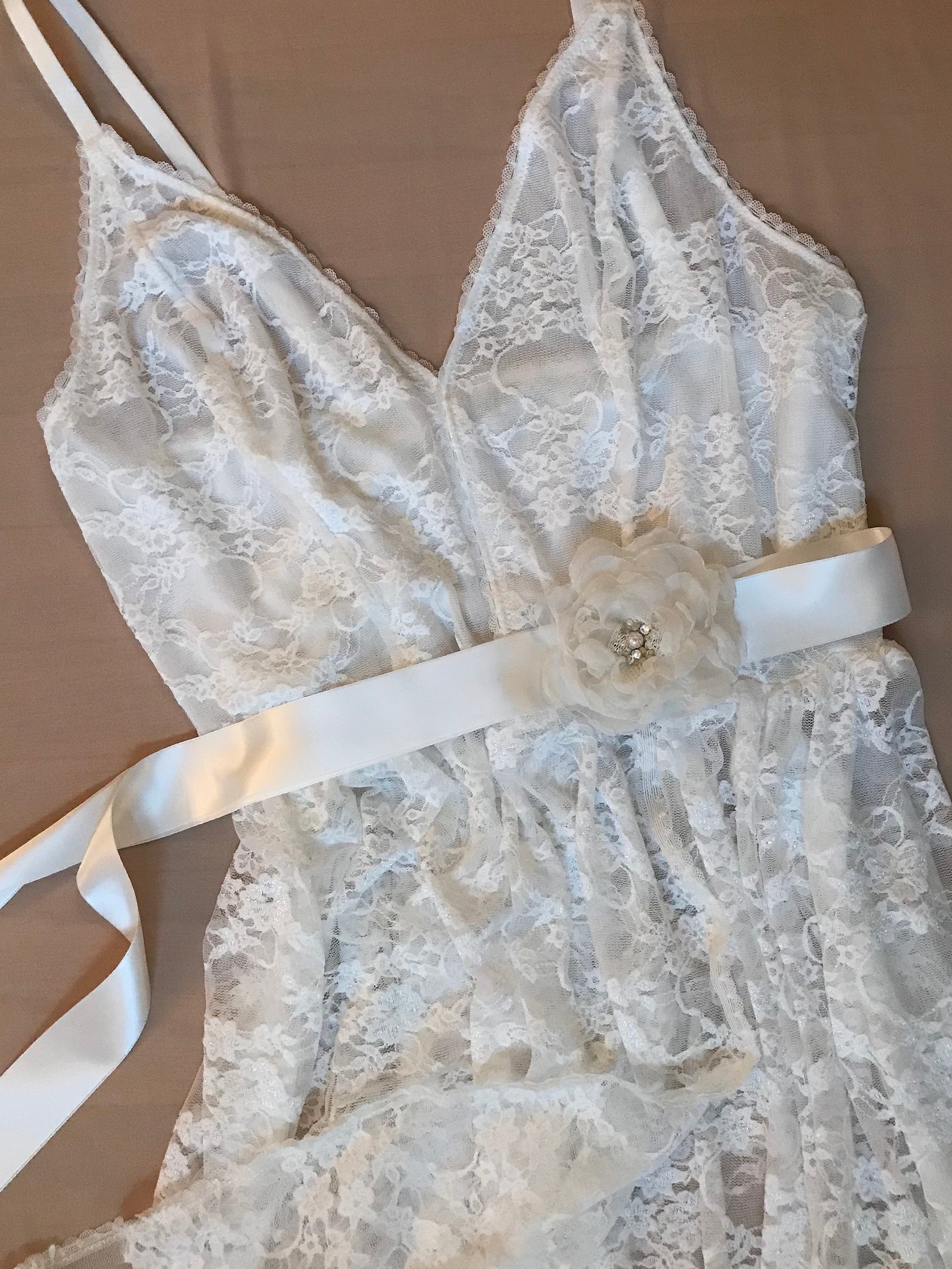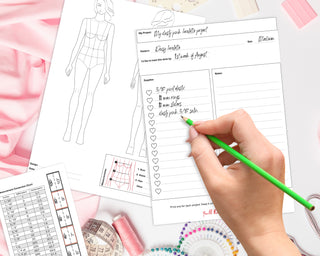Menu
Fabrics Part II: Laces, Mesh and Sheer Fabrics

It’s about how fine the netting or the lace is, sheerness, hand feel, drape, stretch and recovery, fiber content and the combination of strength.
In today’s blog posting, I’ll share with you a simple guide to the following:
In today’s blog posting, I’ll share with you a simple guide to the following:
- Laces
- Mesh
- Sheer Fabrics
Lace

Lace fabric or “Allover lace” are either stretch or non stretch, (stay away from Polyester as it will not be durable and it’s rough to the touch). Nylon Spandex or other blends are suitable for beautiful lingerie, underwear or even fashion details on lounge pieces or coverups.
Galloon or scallop edge laces are typically in a range of widths, they can also be stretch or non-stretch (sometimes called rigid lace) which can be used for cups and front bra frame, Pjs, or coverups. Do not use a non-stretch lace if stretch lace is called out in a sewing pattern, even if it has some give which is called “mechanical” stretch. I would always use lining in bras or bralettes, which could be a mesh or sheer cup lining.
Stretch Mesh Fabrics
Pay extra attention to the mesh quality, I've wasted a lot of time and money, trying to source a stretch mesh that meets my standards (I’ve been in the fashion industry for many years). Many of the light to medium weight mesh fabrics in the retail market have no recovery, and many times too much stretch, flimsy or they are rough to the touch (Do not use Polyester mesh), try to find Nylon or Polyamide/Spandex stretch mesh.
Some lace selections for garments produced in my studio

I typically use 3 different weights of stretch mesh:
Super light weight
Polyamide with at least 6% Spandex, specially used in small size bralette cups as lace lining to keep the sheer effect. (Can also use 15 Denier Fabric)
Medium weight stretch mesh
Works great as a liner or simply to make a sheer sexy piece, like panties or teddies. I’m very happy with the stretch mesh that I finally found for our store after an extensive sourcing effort, 4-way stretch mesh, 79% Polyamide and 21% Spandex.
Power Mesh
A heavy weight stretch mesh ideal for sports bras, and any compression garment, bra base and back, and as lining in larger cups for better support. Keep in mind if using for the cups and base in a bralette, you will have to use a hook and eye or any other closure, as it won’t stretch enough to slip on the bra (lette).
Non-stretch Mesh and Sheer Fabrics

Bra Tulle mesh: It’s a very light weight, with mechanical stretch (almost none). Or it could also have a very small percentage of stretch, usually 2 way stretch.
15 Denier stretch sheer nylon tricot (also known as sheer bra cup lining or Marquisette). Use this fabric as a bra cup liner under lace or other sheer fabrics only if you don’t need much support, small bra cups, bralettes.
15 Denier “stabilized” sheer nylon tricot fabrics (also knows and sheer cup lining) are commonly used for lining bra cups where more support is desired keeping the sheerness. It’s a non-stretch fabric usually used as lining in the bra front bridge, or any other area where reinforcement and stretch control is needed, usually at the center front as this fabric provides support without adding any thickness.
Be creative! mix and match fabrics, prints and colors, lace, mesh, or velvet, etc. Additionally, colors can change your mood at any given moment, keep this in mind when choosing patterns and colors, have fun!
Ciao for now!
🥰 Keep in touch! Send messages, Share photos on Instagram @stitchlovestudio, comment, share your experiences.
👀 Check out or visit our Lingerie, Swimwear, Pajamas and Lounge Materials, Fabrics and Patterns at StitchLoveStudio.com.
✍ Sign up to receive news for events, freebies, coupons and sew much more!
📷 If you would like to use any of the photos from this blog, please credit us by adding the following information: "Image by StitchLoveStudio.com". Email me for additional information, requests or written permissions.
- Choosing a selection results in a full page refresh.






